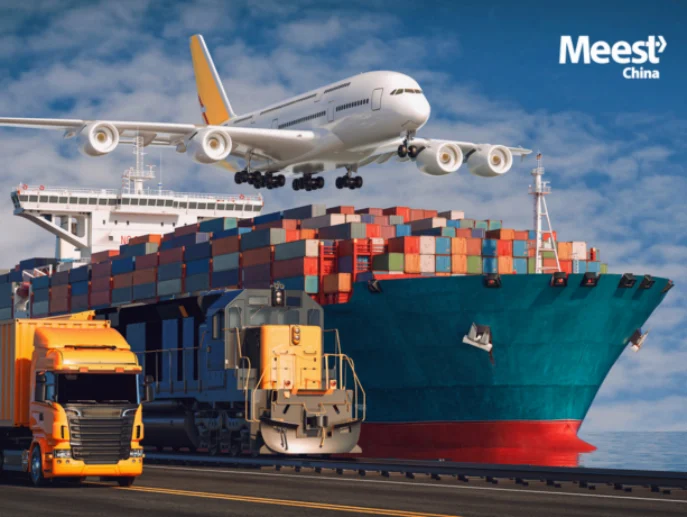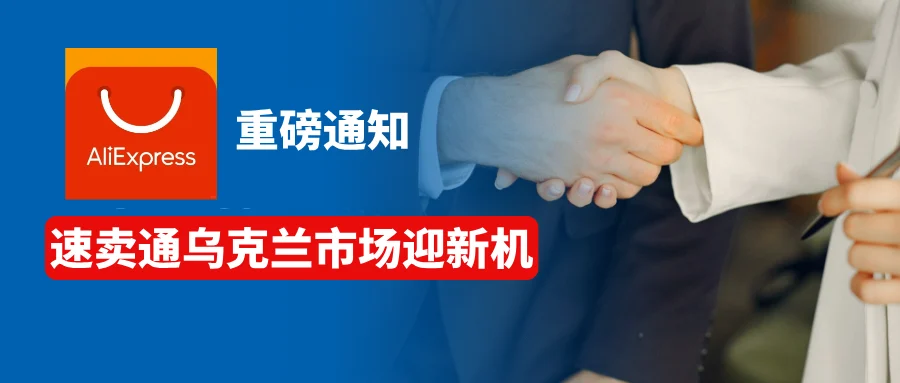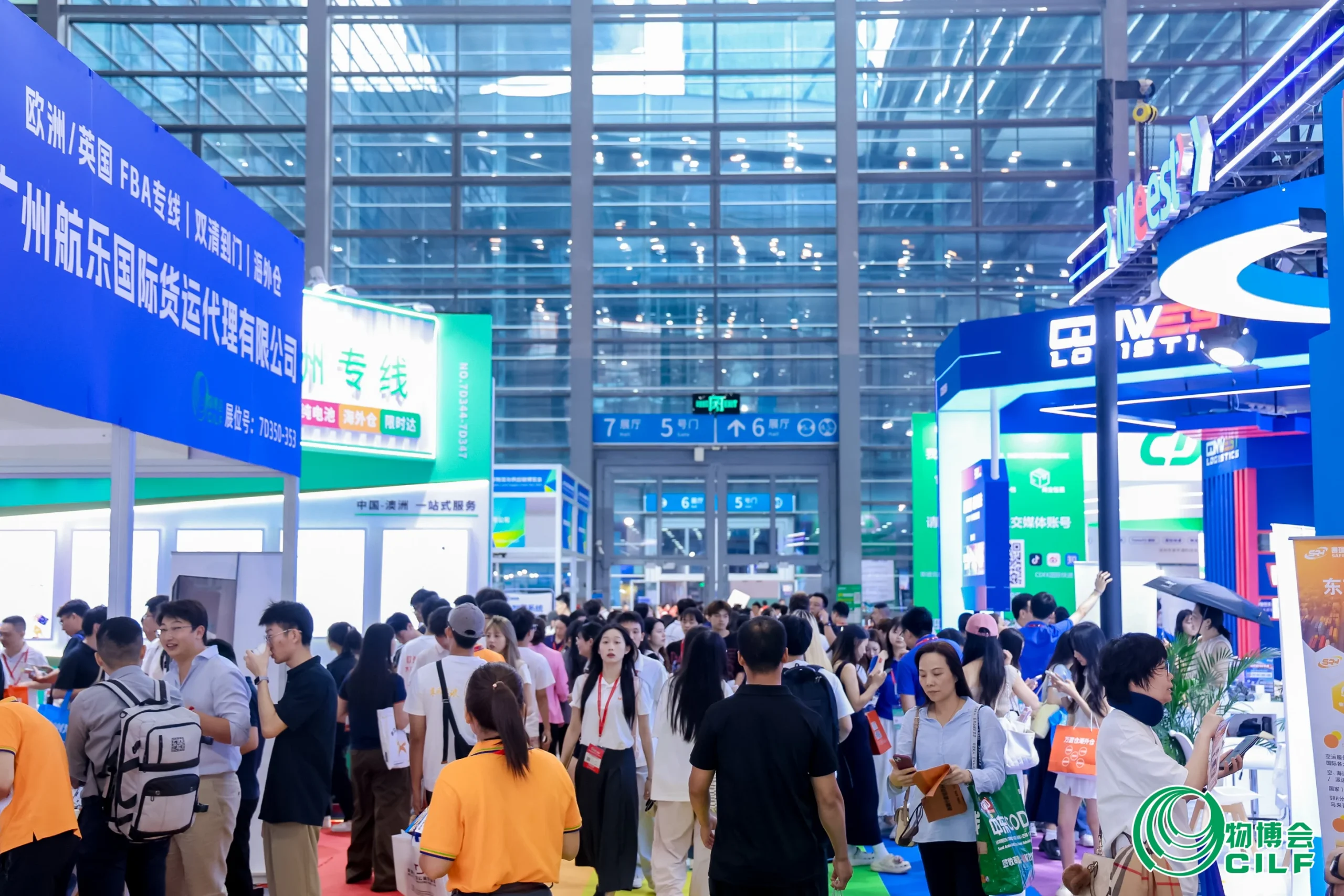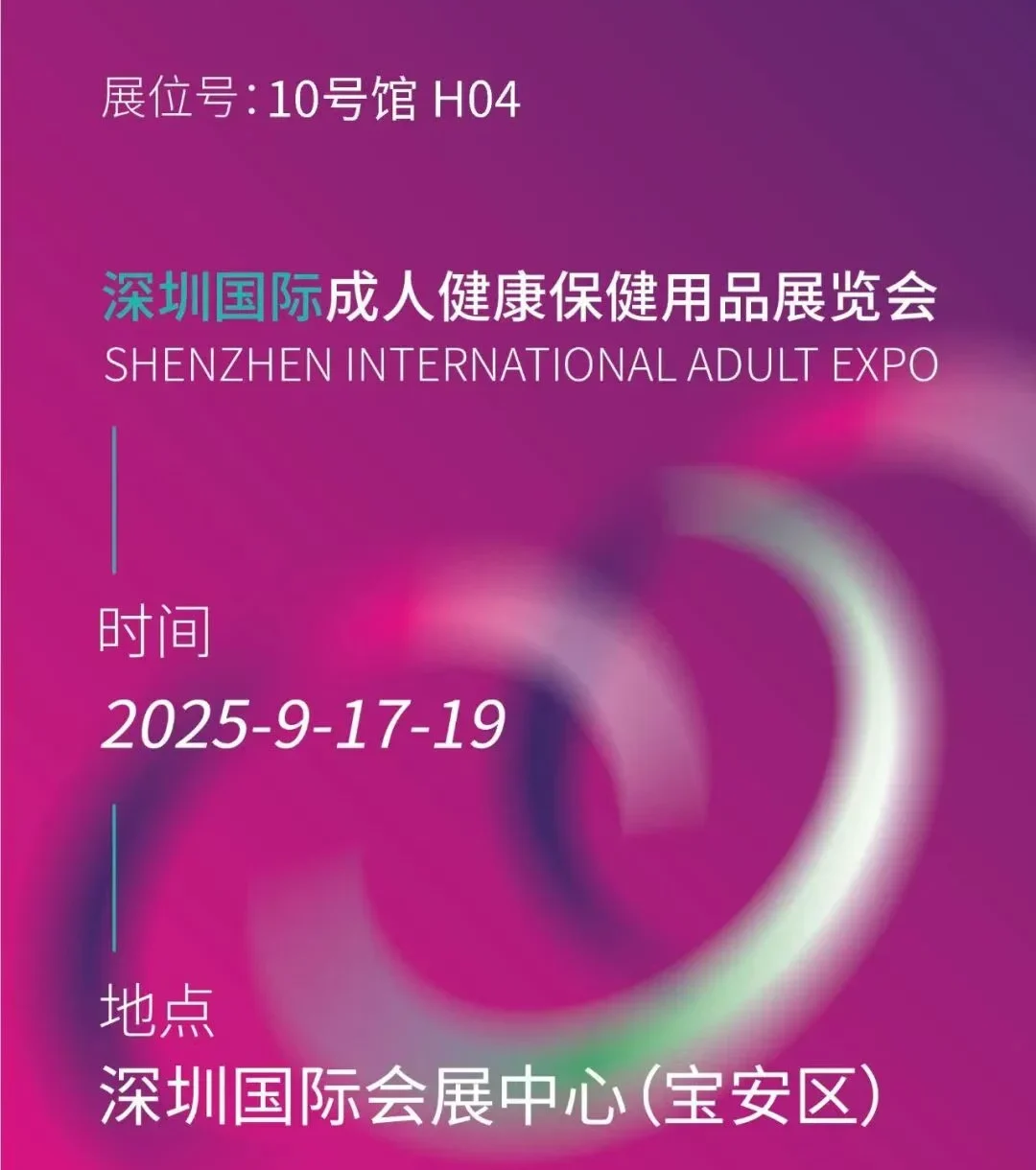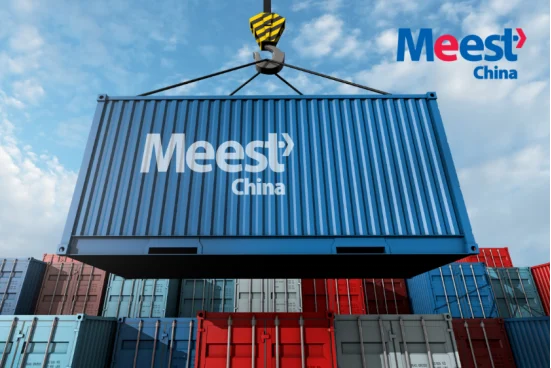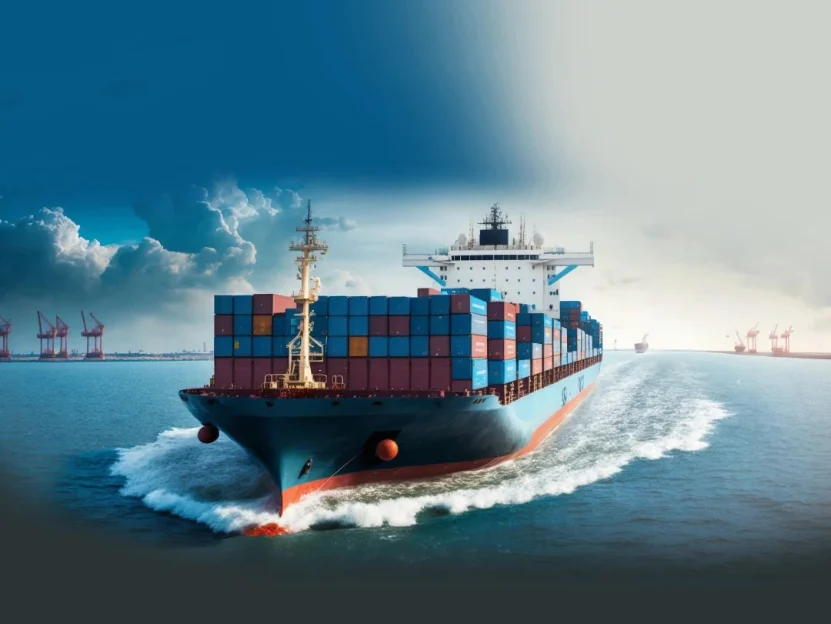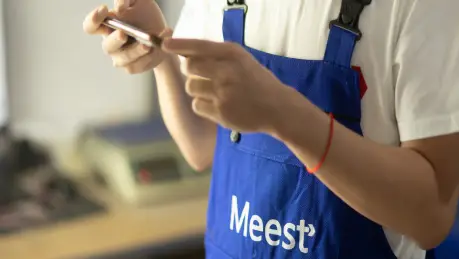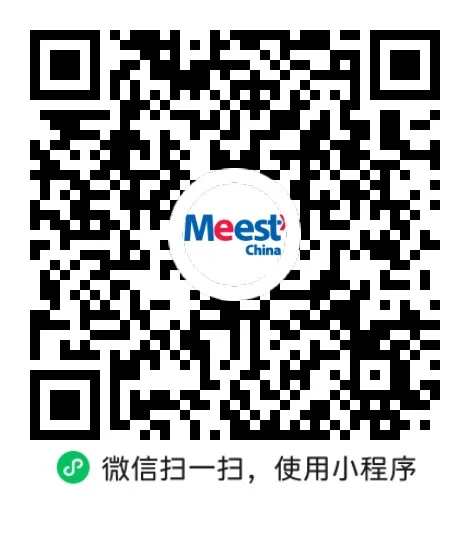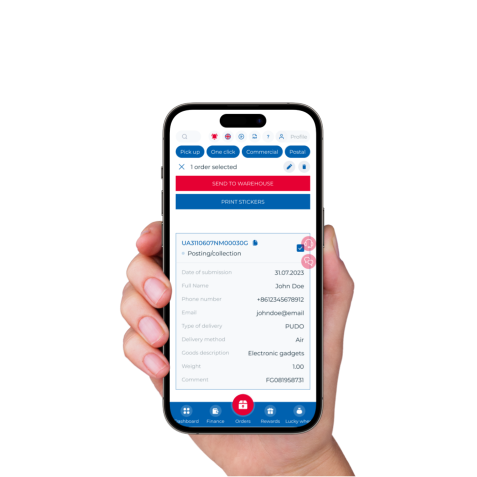EU cancel tariff exemption is difficult to land in the short term, cross-border sellers do not panic Meest EU Delivery help!
In May 2023, the European Commission threw out the EU customs reform proposal, and in February 2025, it eagerly called for its adoption as soon as possible, in which “the abolition of the tariff exemption policy for imports under 150 euros” This core content makes the cross-border e-commerce circle explode. A large number of low-priced e-commerce parcels flooded into the EU market, bringing problems such as tax loss, security risks and unfair competition, and the EU’s move this time is to rectify the chaos.
In 2024, some 4.6 billion low-value goods worth €150 or less will flood the EU market, a daily average of 12 million pieces, twice as many as the previous year. Many of these goods do not comply with EU regulations, the risk of harmful product inflow has increased, compliant EU sellers have been squeezed to survive, and large-scale transportation has also increased the burden on the environment. When the news came, cross-border sellers were anxious about the increase in tax costs, the difficulty of compliance, and the increase in the threshold of operation, each of which is like a heavy stone in the heart.
But don’t panic, from the historical experience and legislative procedures, this policy is difficult to land in the short term. The proposal is still in the early stages of legislation and is fraught with difficulties, involving complex issues such as harmonization of interests, construction of technical systems and adaptation of policies of member States.
The proposal contains three main core elements, each of which is subject to a lengthy process of advancement.
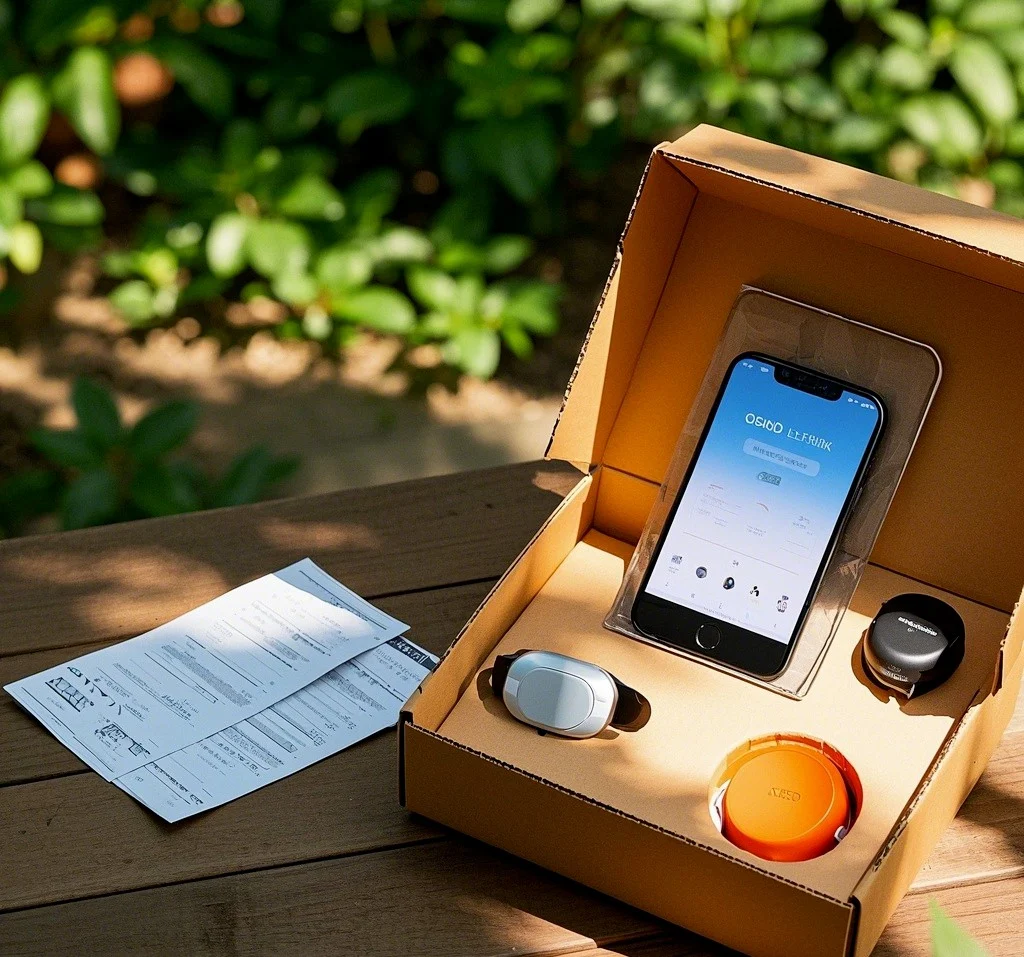
1. Elimination of tariff exemptions and simplification of tariff rates: In the future, imported goods will have to pay the full amount of tariffs according to the customs tariff rates, which will be simplified into five categories: 0%, 5%, 8%, 12% and 17%. Take leather products for example, in the future a unified 12% tax. This change simplifies the calculation process, but increases the cost of low-value goods. To cross-border e-commerce platform priced at 50 euros of leather wallets (tax ID: 42023100) as an example, now B2C low-value goods mode, tariffs for 0 euros, VAT-related calculations, the total amount of import tax is 10 euros; the future of the new tax system, tariffs become 6 euros, the total amount of import tax reached 17.2 euros. The proposal is currently under discussion in the Council of the European Union or its preparatory bodies and is expected to enter into force on March 1, 2028.
2. New EU Customs Administration and EU Customs Data Center: The EU intends to establish a unified Customs Administration, manage member states’ data through “Single Window”, simplify the process, use artificial intelligence and other technologies to mine the data, and eligible enterprises can also apply for the “Trust & Check “ logo to enjoy fast customs clearance. This has a huge impact on cross-border sellers’ customs clearance, and it is critical to choose a professional logistics service, such as Meest EU parcel line. It has rich experience, can grasp the customs policy in time, help sellers prepare in advance, to ensure rapid clearance of goods. The proposal has been launched since May 2023, and the Council of the European Union is currently reviewing the position of the European Parliament, and the opening and use of data centers will be carried out in phases, with mandatory use by 2038 at the latest.
3. Regarding the remote sale of goods imported from third countries and special arrangements for VAT: e-commerce platforms have to act as “importers” and are responsible for customs duties, VAT payment declarations and goods compliance reviews to ensure that goods meet EU standards. Postal operators and others meeting the conditions can also complete VAT payment declarations on behalf of their customers. The proposal is also currently under discussion within the Council of the European Union and is expected to come into force on March 1, 2028.3 The proposal is expected to be implemented in the EU.
The EU legislative process is cumbersome, with multiple institutions making decisions together. Ordinary legislative proposals have to go through “first, second and third readings”, with repeated consultations among the institutions, and may even go to the Mediation Committee. 2016 IOSS VAT reform took 5 years and 3 months from proposal to implementation, and this time the proposal is even more complicated, involving customs system reorganization and multi-country data integration, and the process may be even longer. Therefore, the proposal will come into effect as early as March 2028, and it is unlikely that it will come into effect before 2028, so sellers will have enough time to deal with it.
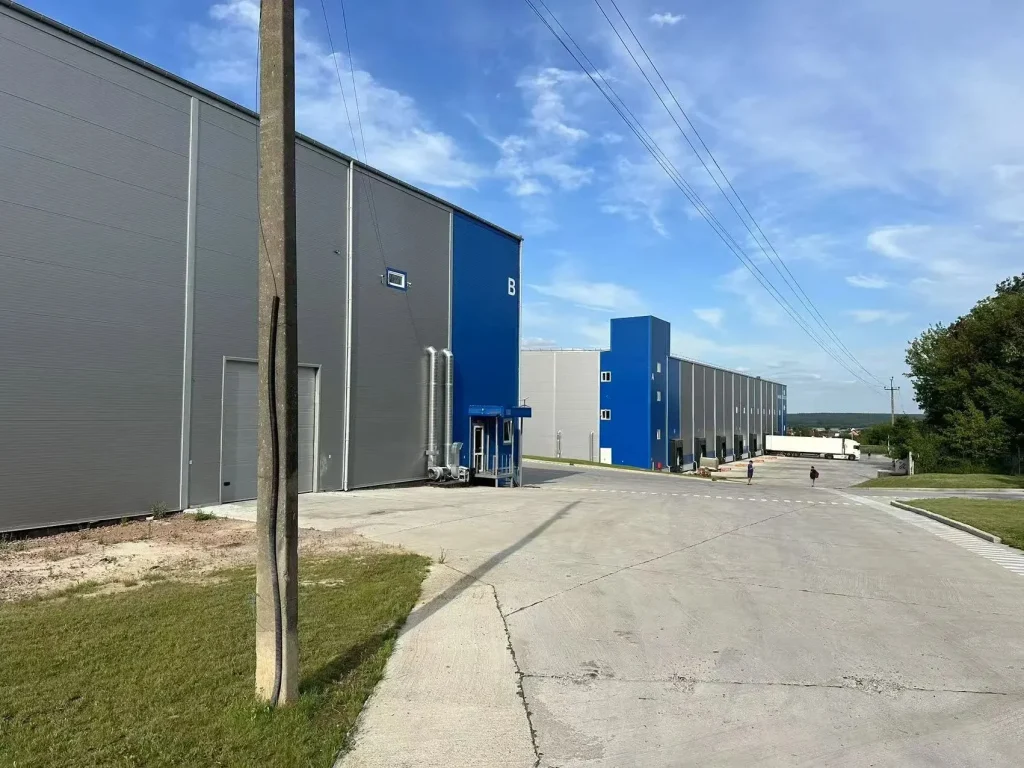
For cross-border sellers, the EU tax reform challenges and opportunities co-exist. The challenge lies in the increase in tax costs, pricing to re-planning; compliance review is strict, non-compliant goods are easy to shelve; market competition intensifies, small and medium-sized merchants may be squeezed share. The opportunity is that the market will be more standardized, reducing vicious competition; “price war” to “value war”, quality products have more advantages.
Sellers can respond in this way, in terms of compliance, improve commodity information, improve product quality and brand value; operation, change the strategy of low-priced store, use the buffer period to test new products and create differentiated advantages. By choosing Meest EU parcel line, you can get professional support in transportation, tax calculation, document preparation, etc., and reduce operational risks.
In short, the EU tax reform is the industry upgrade opportunities, sellers should take the initiative to adapt to the changes, compliance as the core competitiveness, pay attention to the policy dynamics, flexible adjustment strategy. With the help of Meest EU parcel line, cross-border sellers will be able to move forward steadily in the wave of globalization.



